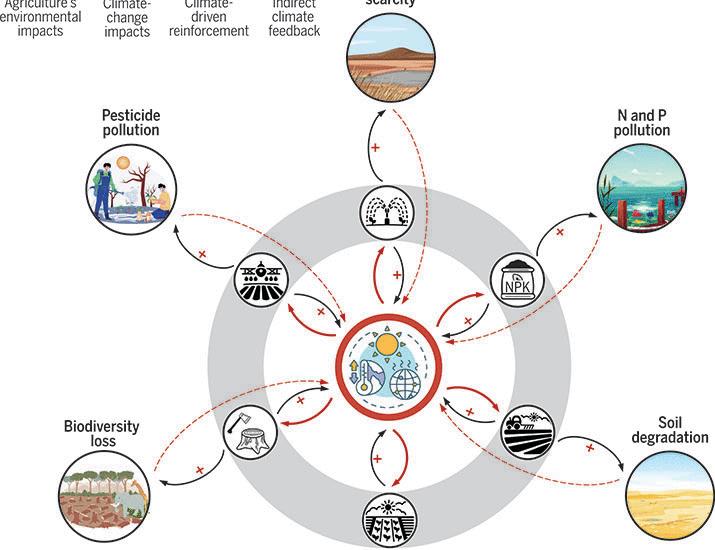Last week, as India celebrated nutrition week, McDonald’s unveiled a “multi-millet bun” for its burgers, lauding it for “extra goodness”. But nutritionists said this could mislead consumers and objected to a top public research institute partnering with the company. Mint explains:
What’s this bun all about?
Customers visiting McDonald’s in southern and western India can now munch on a ‘multi-millet burger bun’, instead of ones made from refined flour. These are not 100% millet buns. Millets—Jowar, Bajra, Ragi, Proso and Kodo—make up 22% of the buns. Millets are more nutritious than refined cereals, gluten-free and fibre-rich. They also have a low glycaemic index—a measure of how food items raise blood glucose levels—making them ideal for diabetics. The millet bun was co-developed with the Central Food Technology Research Institute (CFTRI), Mysuru, a premier public institution.
Read more: Diet dilemma: Why India struggles to eat right
Sounds good. Why are nutritionists peeved?
Nutrition Advocacy in Public Interest, a think tank on public health and nutrition, objected to the CFTRI, a government-funded research institute, collaborating with a multinational fast-food giant, saying this contradicts public health goals. It said burger buns are industrial formulations containing additives and preservatives—just adding millets does not make them healthy. Marketing the product as ‘Real Food-Real Good’ and using a celebrity chef to endorse it is ‘misleading’. Besides, no one eats a bun alone—it comes with the patty. McDonald’s did not respond to queries sent by Mint.
Why is this issue important and to whom?
Non-communicable diseases like diabetes and hypertension are on the rise. Ultra-processed food is a big contributor to obesity and metabolic disorders. A survey by the Indian Council of Medical Research, published in the Lancet last June, found a high prevalence of abdominal obesity (39.5%), hypertension (35.5%) and diabetes (11.4%) among Indians aged 20 and above.
Read more: Domino’s to Wow! Momo roll out in-store offers as deliveries gobble up footfalls
Isn’t most food we eat processed?
Most staples like rice, wheat and pulses are minimally processed, involving de-husking, milling and crushing (for oilseeds). But junk or ultra-processed food (UPF) items go through an industrial process which alters them chemically and physically—they can be tasty, but also addictive. UPFs are high in sugar, salt and fat, but low in nutrition. Some examples are chocolates, breakfast cereals, aerated drinks, fries and burgers. Randomized control trials have found that a UPF-rich diet makes people eat more and gain weight.
Does India have a dietary guideline?
The updated 2024 Dietary Guidelines from India’s premier nutrition research institute, the National Institute of Nutrition, advises people to eat a variety of fresh foods, include quality protein in diets, avoid supplements to build muscle, take steps to prevent abdominal obesity, minimise consumption of UPFs and closely read nutrition labels on packaged food (because claims can be false and misleading). The report also warned that “enriching and fortifying UPFs does not make them wholesome or healthy.”
Read more: Biryani boom drives surge in basmati rice demand across India



